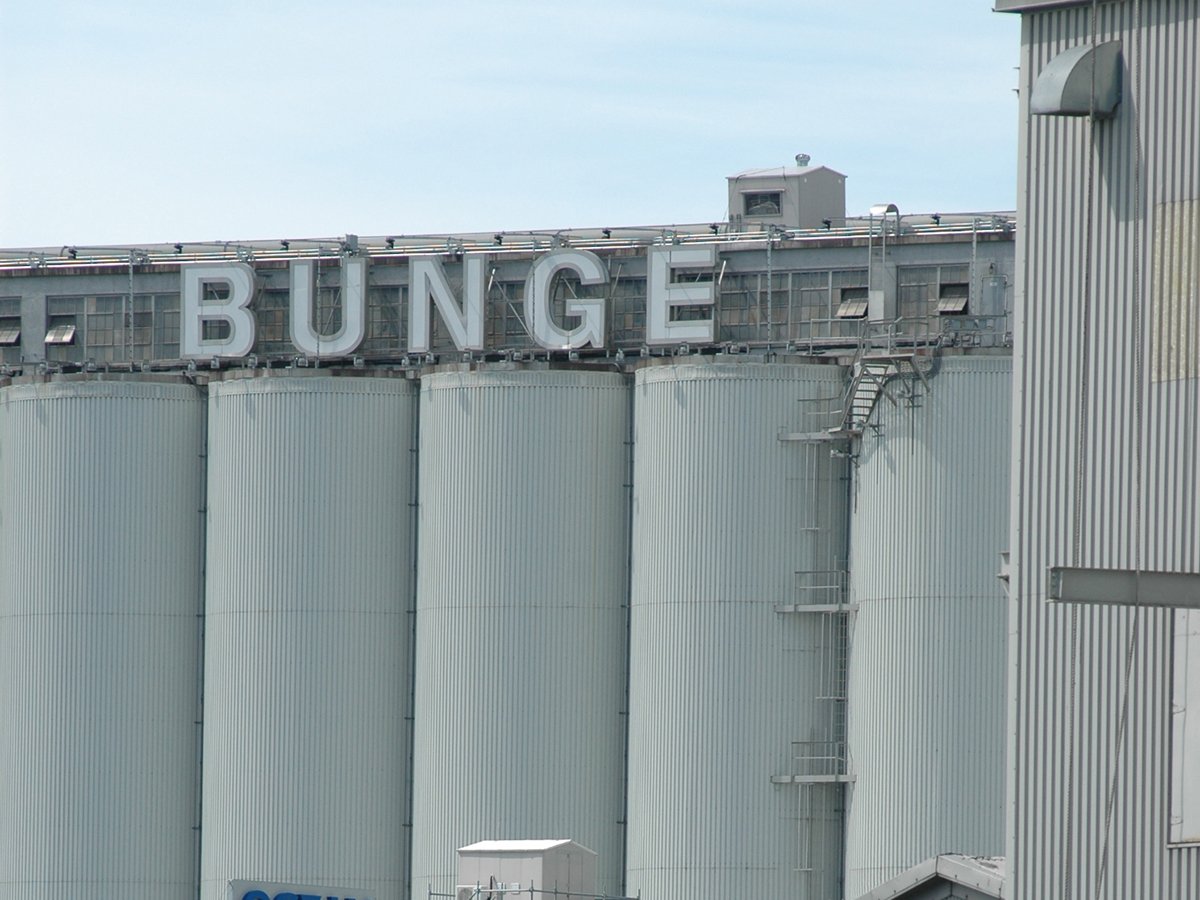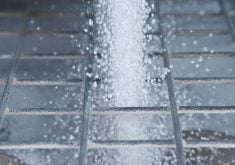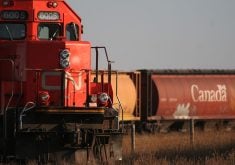The 4R nutrient stewardship program is based on best management practices.
The concept incorporates the right fertilizer source at the right rate, at the right time and in the right place.
These principles optimize the efficiency of fertilizer by farmers.
As a result, 4R nutrient management is targeted not only to enhanced environmental protection and improved sustainability but also to optimize the nutrients that farmers apply on their fields and maximize returns from those applications.
Other agronomic and conservation practices, such as no-till farming, play a valuable role in supporting 4R nutrient stewardship. As a result, fertilizer best management practices are most effective when applied with other agronomic and conservation practices.
Read Also

Bunge’s crop mix is changing
Bunge has predominantly been a soybean processing firm, but that’s about to change after the merger with Viterra with softseed processing and grain merchandising gaining ground.
Let’s drill into these “rights” as they might pertain to the practices on your farm this spring.
Three major nitrogen products are used in Western Canada.
Urea works well as a banded product either in the fall or spring. It accounts for two-thirds of the nitrogen fertilizer used on the Prairies. It can be blended with other dry fertilizers in bands or side or mid-row banded at the time of seeding.
The biggest draw back to urea is that it can be toxic to germinating seedlings if placed in the seed row or if the side bands are too close to the germinating seeds. This may be reduced by using coated products such as ESN and Agrotain.
The other major limitation is in broadcasting urea. It has the propensity to volatilize or gas off under many of the conditions we encounter in Western Canada.
Again, this can be reduced by treating urea with products such as Agrotain, which inhibits the conversion of urea to ammonium.
Anhydrous ammonia also works well in fall or spring bands or side or mid-row banded at the time of seeding.
Again, caution must be used when side banding this product because it can be toxic to germinating seedlings if the side bands are too close to the germinating seeds.
Ammonia is dangerous to handle without proper protective equipment, and prescribed safe handling procedures must be followed.
UAN is made up of a mixture of urea and ammonium nitrate, or AN, dissolved in water. It has the same issues with volatility as urea.
In addition, the AN portion is subject to leaching losses and denitrification.
Leaching is most likely to occur on light textured or sandy soil. Denitrification occurs when soil is water-logged. The greatest risk of this loss is for fall applied product and soil that is saturated because of spring snow melt.
This is best determined by a soil test. Considering soil nutrient inventory and expected crop yield will determine the nutrient application rate.
Farmers may also consider using variable rate technology, which provides a way to assure that fertilizer applications are made only in amounts and locations where they are needed. Variable rate typically increases fertilizer inputs to areas of high productivity and decreases fertilizer inputs to areas of low productivity.
The accompanying table shows how to quantify the impact of right time. It shows the impact of timing on fall applied urea versus spring broadcast and incorporated urea.
The table shows the impact of fertilizer placement.
Pioneering work done in the 1980s and 1990s in Western Canada highlighted the affect of banding fertilizer versus broadcasting and incorporating.
Under dry conditions, this was shown to be as high as 40 percent more efficient for nitrogen and twice as efficient for phosphorus.
Take a quick inventory of your fertilizer practices before seeding this year and ensure you are following the best management practices for your area. This will benefit not only the environment but also your bottom line.














